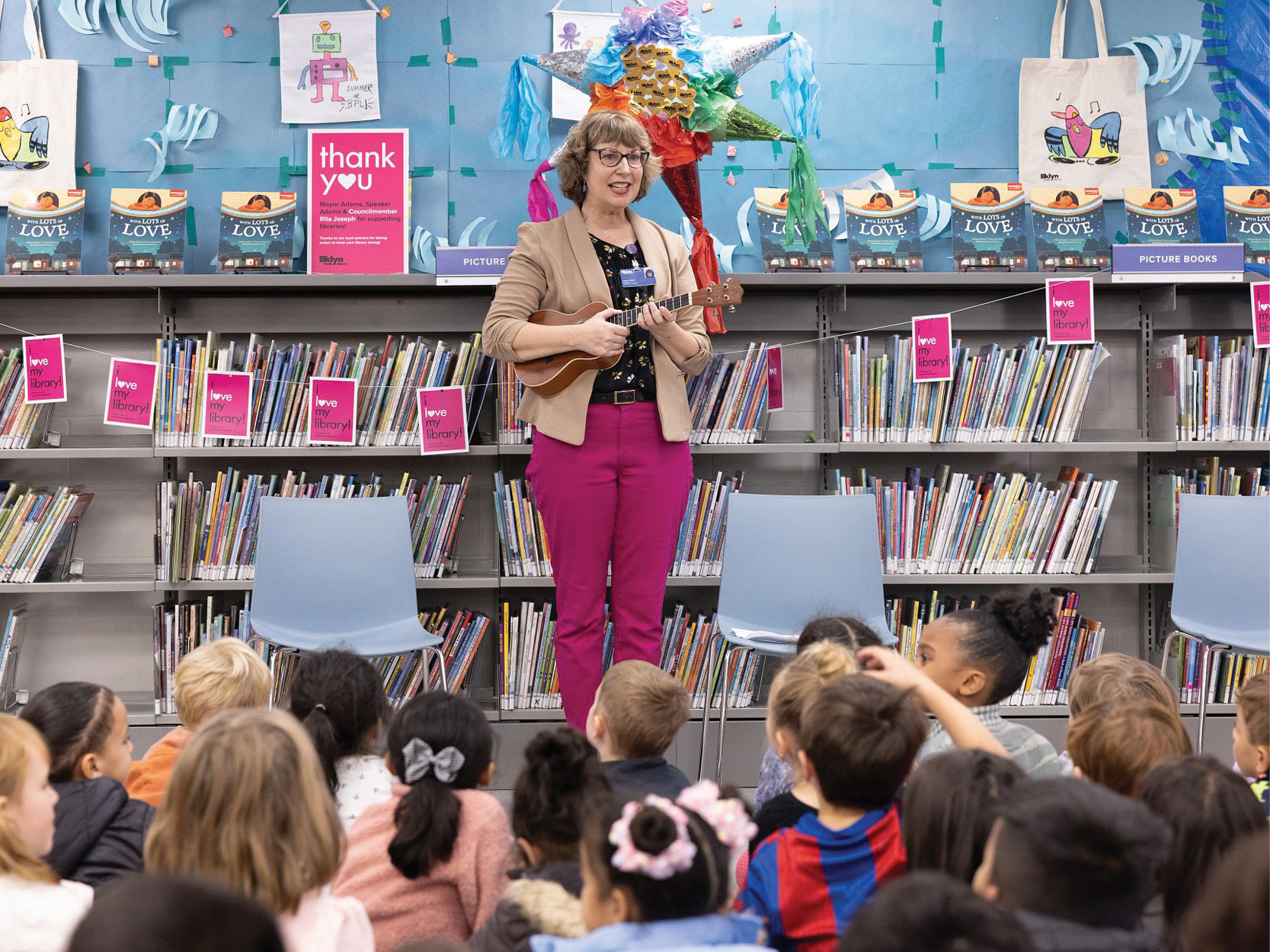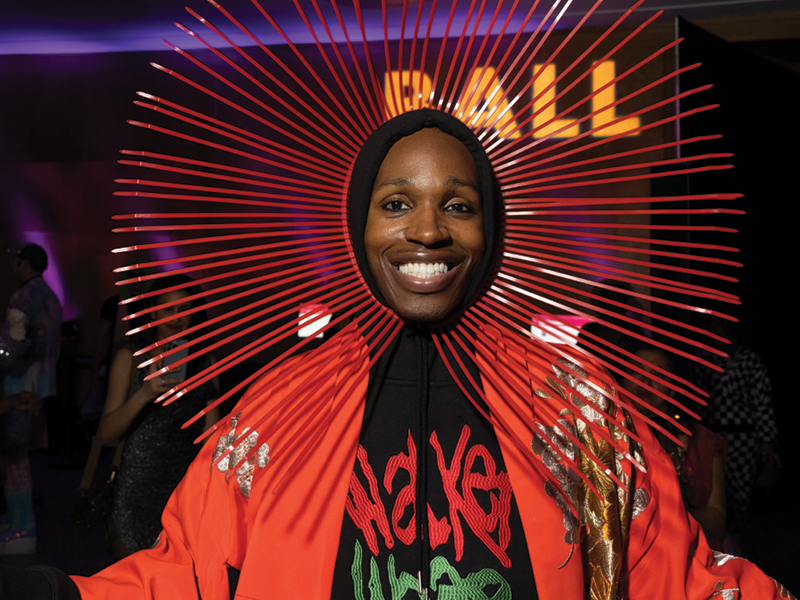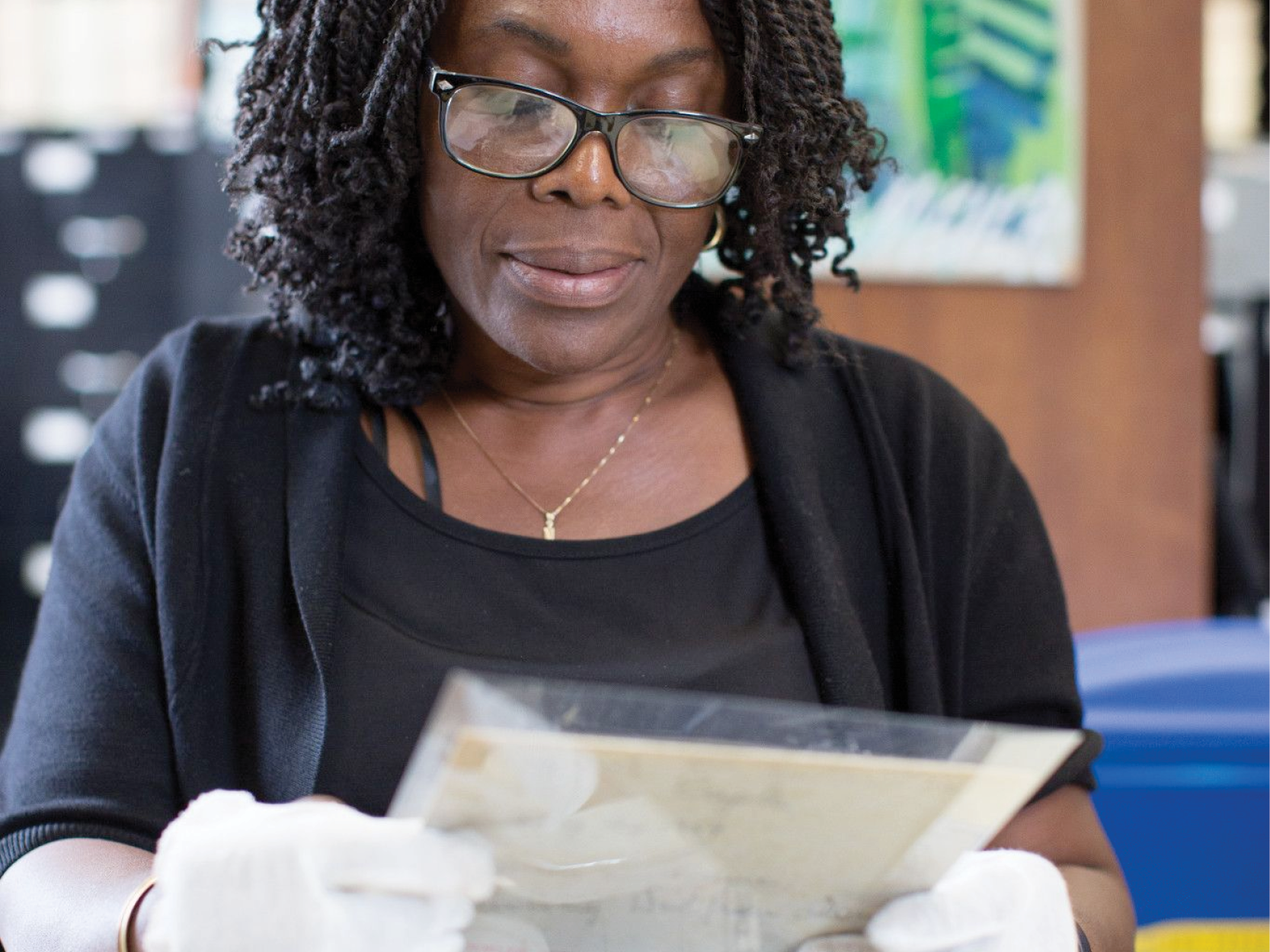Brooklyn Connections is the education outreach program in the Brooklyn Collection. It focuses on cultivating 21st Century learning skills in students and supporting teachers on the incorporation of archives materials into curricula. This blog post is part of a series from the Brooklyn Connections team, sharing skills and ideas for using archives primary source material in the classroom.
At Brooklyn Connections, we love to share ideas on how to develop skills for teaching and learning with primary sources. But let’s take a moment to step back and ask ourselves: what IS a primary source??
How do we define "primary source"?
When we talk about primary sources here at Brooklyn Connections, we tend to describe them as a firsthand account that was created at the time of the topic we're studying.
Let’s be honest: this isn't very specific. It leaves room for interpretation. Let’s investigate how this definition fits a few examples from our collection.
Example One:

This photograph of Walt Whitman was taken during his life; it’s definitely a firsthand account by the photographer George Cox. This is a primary source. Am I looking at the actual photograph? Nope, I’m currently looking at a digitized reproduction that I pulled up in our online catalog. Is it still a primary source? Yes – this digital copy hasn’t been altered in any way.
Example Two:

This is a newspaper clipping from the Brooklyn Daily Eagle. We like to put newspaper articles in the category of primary source, especially if they are about events that were current at the time of publication. But let’s ask: was the author of this article present for the bridge collapse? Probably not. Is it from the time that it was about? Yes. Let’s call it a primary source.
Example Three:

Uh oh. This is a map depicting a location and event from 1776, but it was drawn in 1870. It’s definitely not a firsthand account – there’s no way Edward Stiles was alive for the Battle of Brooklyn and then still drawing maps 100 years later. If we loosely consider it a primary source for the Battle of Brooklyn, we could argue that it represents the time period of the Battle; it would also be fine to consider this document a secondary source for that event, since the creator likely did research with other primary sources in order to construct his map. But nothing is ever simple: we could also classify this as a primary source for the study of cartography c. 1870.
Example Four:
.jpg)
This oral history provides Douglass Bibuld’s firsthand account, given to Brian Purnell in 2004, of Operation Cleansweep – a 1962 civil rights action by Brooklyn CORE. Mr. Bibuld was present at the event and sharing his memories. We’d all feel good calling this a primary source. But wait…it’s from over 40 years after the event. What implications does that time gap have?
What are we actually talking about when we talk about primary sources?
If we stick to defining primary sources by an absolute checklist, many of the documents we rely on as historic evidence will fail:
- Am I going to use our Brooklyn Daily Eagle clipping on Penny Bridge as a primary source for research about this river crossing? Absolutely. Was it written by a reporter who witnessed the incident? Likely not.
- Is Douglass Bibuld’s firsthand account of Operation Cleansweep a valuable primary source of this Civil Rights direct action? Definitely. Is his memory of the event, forty years removed, impeccable? No offense to Mr. Bibuld, but it probably isn’t.
What we’re actually talking about when we talk about primary source material is provenance. Provenance means the place something originally came from, or at least as far back as we can trace its roots. A primary source should have provenance that is very closely related to the topic it is about.
My newspaper clipping about Penny Bridge comes from Brooklyn, at the time of the event. Our oral history about Operation Cleansweep comes from a person who was there and then sat down 42 years later to talk about it. His firsthand account, even if long after the fact, is an unaltered reflection on his experience.
A secondary source doesn’t have the same relationship between provenance of the source and what it’s about. My blog post on the Kosciusko Bridge uses a lot of primary sources, but it was written by someone who was not there at the time any of these events occurred, and I’ve drawn on the voices of others to pull together a narrative. Brian Purnell’s book Fighting Jim Crow in the County of Kings uses primary sources (including Douglass Bibuld’s oral history), but it is a secondary source because the author was not present at the events he writes about, and he researched and wrote this terrific book many decades after the events.
What are we not talking about when we talk about primary sources?
We are not talking about the truth.
In research, it is tempting and easy to cite primary source documents as real true evidence of something that existed. In reality, human perspective and bias are an integral and fascinating part of every archival item.
When we talk with students about primary sources, we need to distinguish a conversation about what qualifies as a primary source from discussions of whether a source is relevant, fair, and unbiased.
I love teaching with this map of early Brooklyn:

This map places a lot of interesting places and events in their historic context, and it’s fun to look at. Is this map a first-hand account from the time? It was definitely created in Brooklyn; it depicts Brooklyn in 1841 but was created about 85 years later. The author was, nevertheless, likely very familiar with the city he was depicting. In teaching about early Brooklyn, we often use this map as a primary source. Is this map true?
Let’s look a little closer at New Jersey:

Let’s be honest: dragons in New Jersey are Fake News.
Does the dragon make this primary source 100% false? Definitely not. We can still learn about Brooklyn from this map, and we can have conversations about folklore and bias involved in the depiction of the Jersey Demon.
Similarly, would a personal account of an event, several decades removed, make that primary source useless if the interviewee can't recall every detail with precision? Definitely not. Primary sources may or may not contain all the facts; what they do contain is a contemporary perspective.
What’s the point?
Why are we trying so hard to figure out what a primary source is, and to make sure we use them in our research? Especially if they aren't always true?
Knowing whether we’re using primary sources matters because we should know where our information comes from, and we should know what voices from history we’re representing in our research. Understanding the conversations and perspectives present at the time our research topic took place is critical for giving us a framework to reflect on that topic in the present.
What do you think?
Do you define primary sources in a different way? Post a comment to share your thoughts with us!
This post is the third in an ongoing series. Read the other posts in the series: Citing Sources, Observations and Inferences, Maps and Atlases, Using the Internet to Find Primary Sources Online, Asking Questions for Research, Notetaking Skills, and How can we do research with political cartoons?
This blog post reflects the opinions of the author and does not necessarily represent the views of Brooklyn Public Library.
Post a Comment
While BPL encourages an open forum, posts and comments are moderated by library staff. BPL reserves the right, within its sole discretion, not to post and to remove submissions or comments that are unlawful or violate this policy. While comments will not be edited by BPL personnel, a comment may be deleted if it violates our comment policy.
eNews Signup
Get the latest updates from BPL and be the first to know about new programs, author talks, exciting events and opportunities to support your local library.







